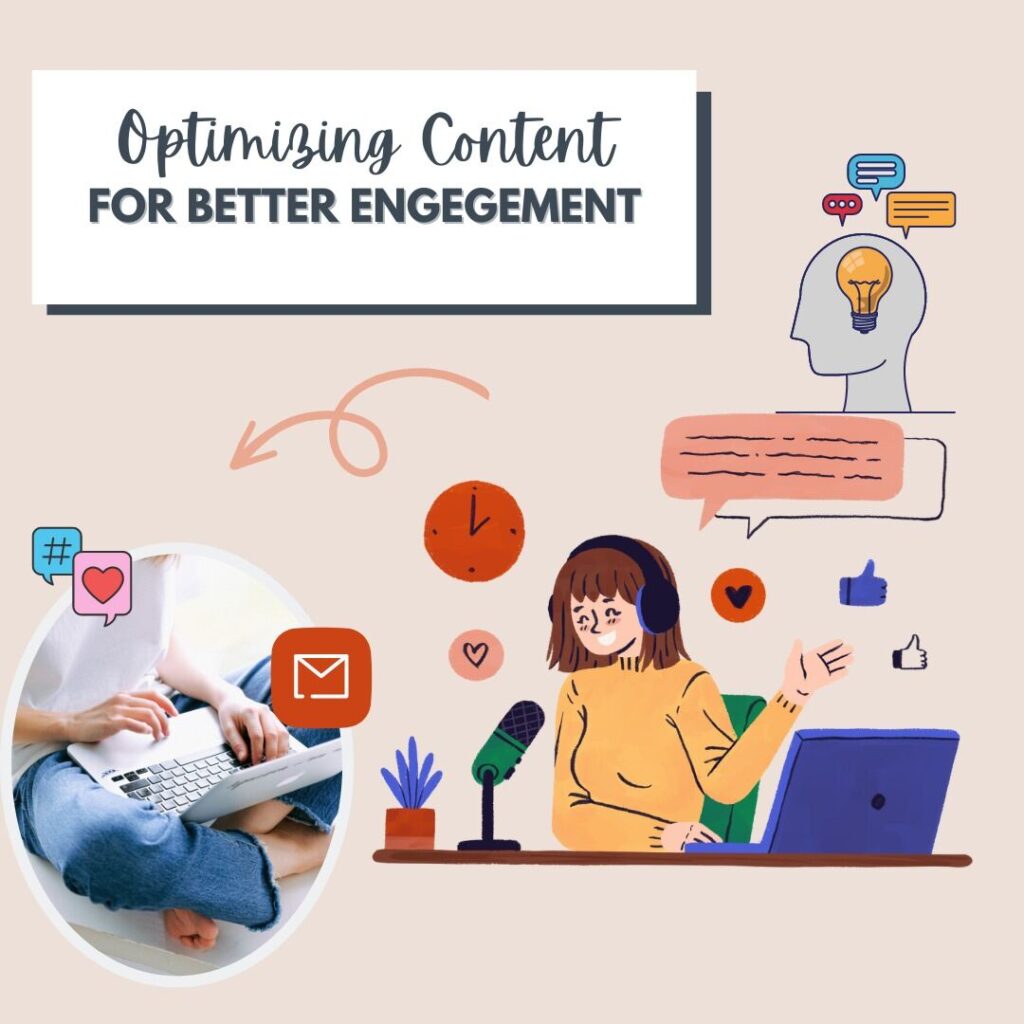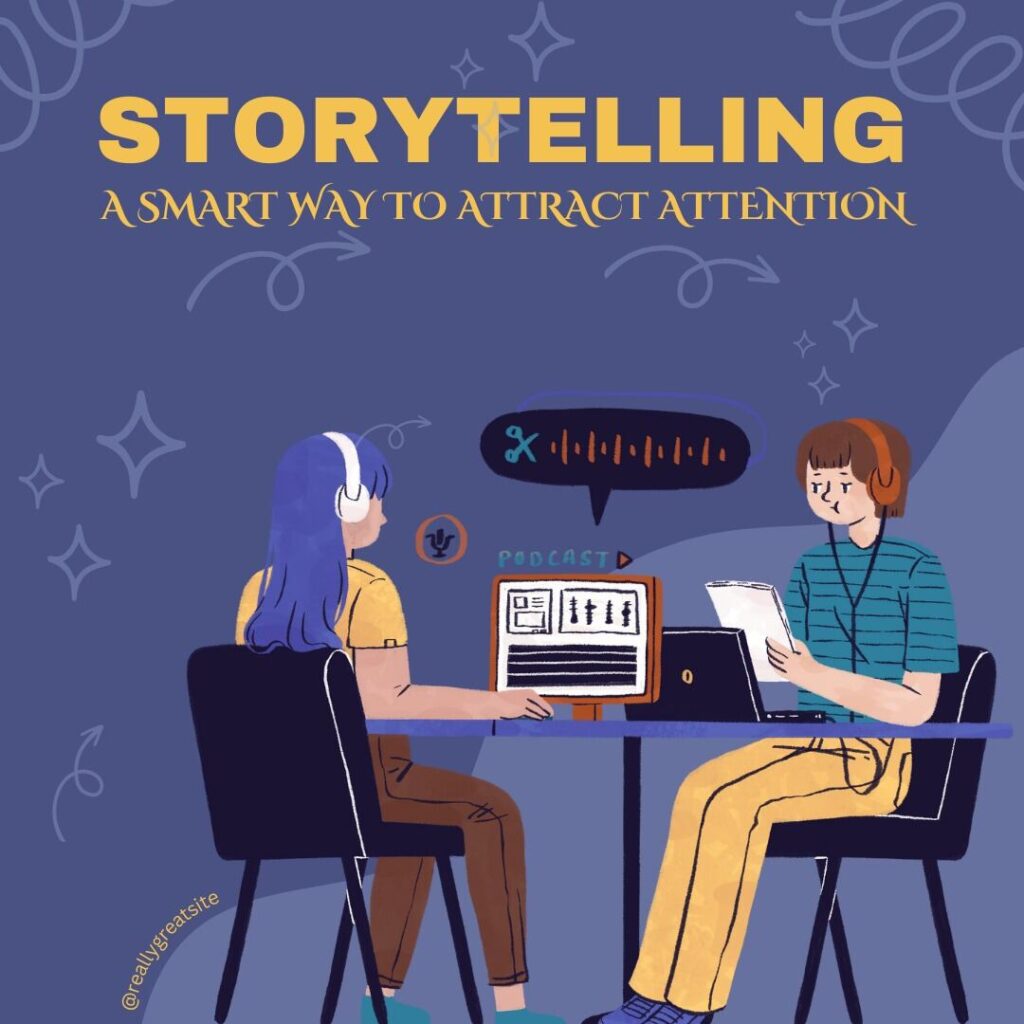In today’s communication overload, making sure your message gets seen can be a challenge. A little extra boost from message booster can go a long way, whether you’re a business owner trying to reach customers, a social media enthusiast promoting a cause, or just someone wanting to get a point across in a group chat.
What is a message booster?
A booster can refer to a few different things depending on the context, but essentially it’s a tool or strategy to increase the reach and impact of your message. Here’s a breakdown of the different types:
1. Paid Advertising Boost:
This is most common on social media platforms like Facebook, Instagram, and Twitter. You pay to promote a specific post or message, putting it in front of a wider audience. This audience can be targeted towards demographics most likely to be interested in your message, maximizing its effectiveness.

2. SMS Marketing Boosters:
These are features offered by some SMS marketing platforms. They can involve things like:
- Automated Reminders: Scheduling messages to be sent at specific times to ensure they reach recipients when they’re most likely to open them.
- Staggered Delivery: Spreading out message delivery across a period to avoid overwhelming recipients.
3. Organic Performance Optimization:
These are tools that analyze your existing messaging patterns and content. They suggest ways to improve engagement and reach a wider audience organically, without needing paid promotion. This might involve analyzing things like:
- Posting times
- Content type (text, image, video)
- Engagement metrics (likes, comments, shares)
Why is it important to use a message booster?
There are several reasons why using a booster can be important:
Increased Reach:
- Cuts Through the Noise: Our inboxes and social media feeds are constantly bombarded with information. A message booster helps your message stand out and reach a wider audience it might not have organically.
- Targeted Audience: Paid advertising lets you target specific demographics or interests, ensuring your message reaches the people most likely to care about it.
Improved Engagement:
- Boosts Visibility: By getting your message in front of more people, you increase the chances of getting likes, comments, or shares, which can further amplify your message organically.
- Optimizes Delivery: SMS boosters ensure your messages are received at optimal times, leading to higher open rates and engagement.
Enhanced Effectiveness:
- Drives Action: A clear call to action combined with a message booster can motivate recipients to take a desired action, whether it’s visiting a website, making a purchase, or signing up for something.
- Builds Brand Awareness: Repeated exposure to your message through boosting can help build brand recognition and establish you as an authority in your field.
While boosters are powerful tools, they work best when paired with a well-crafted message. Focusing on clear, concise communication tailored to your audience is key to maximizing the effectiveness of your boost.
What are different factors to consider for choosing a message booster?
When choosing a message booster, consider these factors to ensure it aligns with your goals and resources:
1. Your Target Audience:
- Who are you trying to reach? Understanding your audience’s demographics, interests, and online behavior is crucial.
- Paid Advertising: Ideal if you have a clear target audience and can define it on the platform’s advertising tools (e.g., age, location, interests).
- SMS Marketing Boosters: Consider if your audience actively uses SMS and responds well to text-based communication.
- Organic Optimization Tools: These can be helpful for any audience, but especially for those already following you on social media.

2. Your Goals:
- What do you want to achieve with your message?
- Increased Brand Awareness: Paid advertising or organic optimization could be suitable.
- Driving Traffic to a Website: Paid advertising with a clear call to action or organic optimization for better post performance could work.
- Higher Engagement: Organic optimization tools can help craft better engaging content and SMS boosters can optimize delivery for better open rates.
3. Your Budget:
- Paid Advertising: This option typically requires the most upfront investment. Costs can vary depending on the platform, targeting options, and campaign duration.
- SMS Marketing Boosters: These may have additional fees depending on the platform and number of messages you plan to send.
- Organic Optimization Tools: Many free tools exist, while some platforms offer paid tiers with more advanced features.
4. Your Time Commitment:
- Paid Advertising: Setting up and managing a paid advertising campaign can require some initial time investment.
- SMS Marketing Boosters: These often involve scheduling your messages, so the time commitment can be minimal.
- Organic Optimization Tools: Using these tools may require some ongoing analysis and adjustment of your messaging strategy.
5. The Platform You’re Using:
- Consider the platform-specific options available.
- Social media platforms often have built-in advertising features.
- SMS marketing platforms offer various message delivery functionalities.
- Organic optimization tools may work best for platforms you already use for communication.
By carefully considering these factors, you can choose the booster that best suits your needs and helps you achieve your communication goals.
What social media platforms mostly use message booster?
While the term “message booster” isn’t universally used, most major social media platforms offer functionalities that achieve a similar outcome: increasing the reach and impact of your message. Here’s a breakdown of how some popular platforms handle this:
Paid Advertising:
This is the most common and direct way to boost messages. Platforms like Facebook, Instagram, Twitter, and even LinkedIn offer advertising tools. You can target specific demographics, interests, and behaviors to ensure your message reaches the right audience.
Promoted Posts/Tweets:
Some platforms allow you to “promote” individual posts or tweets. This essentially pushes them higher in users’ feeds, increasing visibility beyond your immediate followers.
Content Optimization Features:
While not technically a “booster,” some platforms offer features that can help your content perform better organically, leading to wider reach. This might include analytics tools to understand your audience and posting times, or content formatting options to make your posts more visually appealing.

Here’s a quick rundown of some popular platforms and their message boosting options:
Facebook:
Offers robust paid advertising options, promoted posts, and insights tools for organic optimization.
Instagram:
Similar to Facebook, with paid advertising, story promotions, and post insights.
Twitter:
Offers promoted tweets and targeted advertising campaigns.
LinkedIn:
Geared towards professional networking, it offers paid advertising and sponsored content options.
TikTok:
While organic reach can be high on TikTok, the platform also offers advertising solutions to target specific demographics.
It’s important to note that social media platforms are constantly evolving their features. Staying updated on the latest functionalities offered by your preferred platform can help you choose the most effective way to boost your message.
Beyond the Tools: Crafting Sharper Messages
Even the most powerful message booster is like putting a spotlight on a blurry photograph. To truly capture attention and resonate with your audience, you need a clear, well-crafted message at its core. Here’s how to sharpen your message for maximum impact:
Know Your Audience Inside Out:
It all starts with understanding who you’re trying to reach. Imagine you’re having a conversation with a specific person – what are their interests, challenges, and communication style? Tailor your language, references, and tone to resonate with them.
Focus on Clarity and Concision:
People are busy. Get your point across quickly and effectively. Avoid jargon or overly complex sentences. Aim for a clear, concise message that grabs attention and is easy to understand.
Craft a Compelling Call to Action (CTA):
Don’t leave your audience wondering what to do next. Tell them exactly what action you want them to take, whether it’s visiting a website, signing up for a newsletter, or simply sharing your message. Make your CTA clear, specific, and actionable.
Personalization is Power:
A touch of personalization can go a long way in building connection. When possible, use names, reference shared experiences, or segment your audience for more targeted messaging.
Pro Tip:
Storytelling is Your Ally:
People connect with stories. Weaving a compelling narrative into your message can be a powerful tool. Use stories to illustrate your point, highlight a challenge, or showcase the benefits of your product or service. Stories make your message more memorable and emotionally engaging.

Benefits over Features:
Focus on how your message benefits your audience, not just the features of your product or service.
Active Voice is Powerful:
Use active voice to make your message sound more engaging and direct.
Proof is in the Pudding:
Back up your claims with data, statistics, or testimonials to add credibility and trust.
Read it Aloud:
Before hitting send, read your message aloud. Does it flow naturally? Does it sound clear and concise?
By following these tips and putting the spotlight on a well-crafted message, your message booster will truly shine and help you achieve your communication goals.
Conclusion
Boosters are like megaphones for your online messages. They help you cut through the noise and get your message heard in a crowded digital world.There are different boosters for different needs: paid ads target specific people, SMS boosters reach folks at the right time, and optimization tools help you craft messages that resonate.
But remember, a booster won’t work magic on a bad message. Think of it like shining a light on a blurry picture – attention might be grabbed, but the message itself is unclear. That’s why the best results come from combining a good booster with a clear, targeted message. Understand your audience and speak directly to them. This way, when you boost your message, it lands with impact!
FAQs
How do I create a message booster campaign?
The process differs depending on the type of booster:
- Paid Advertising: Each platform has its own advertising interface. Define your target audience, set a budget, and craft a compelling message.
- SMS Marketing Boosters: Utilize your SMS marketing platform’s features to schedule messages, personalize content, and segment your audience.
- Organic Optimization Tools: Analyze insights provided by the tool and adjust your messaging strategy based on the data. Craft clear, concise, and visually appealing content.
How can I track the results of my message booster campaign?
Most platforms and tools offer analytics dashboards to track your campaign’s performance. This might include metrics like reach, engagement (likes, comments, shares), click-through rates (for websites), and conversions (desired actions taken).
How do I use boosters on Facebook?
Facebook offers robust advertising options. You can target demographics, interests, and behaviors. They also allow “boosting” individual posts to increase visibility beyond your followers. Utilize Facebook Insights to understand your audience and optimize content for organic reach.
What are the different types of boosters available on Instagram?
Similar to Facebook, Instagram offers paid advertising and “story promotion” options to boost the reach of your stories. Utilize Instagram Insights to analyze your audience and posting times for organic optimization.
Can I use message booster on Twitter to increase engagement?
Yes, Twitter offers “promoted tweets” and targeted advertising campaigns to reach a wider audience. Focus on crafting engaging tweets with visuals and hashtags to maximize organic engagement as well.
Are there any message booster options for LinkedIn?
LinkedIn, geared towards professional networking, offers paid advertising and “sponsored content” options to promote your message to specific audiences.
